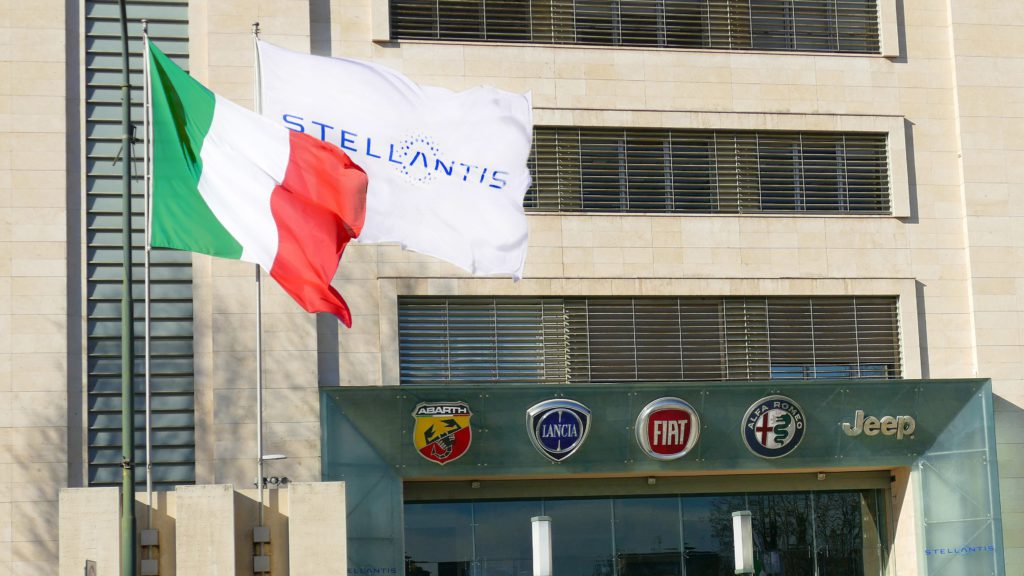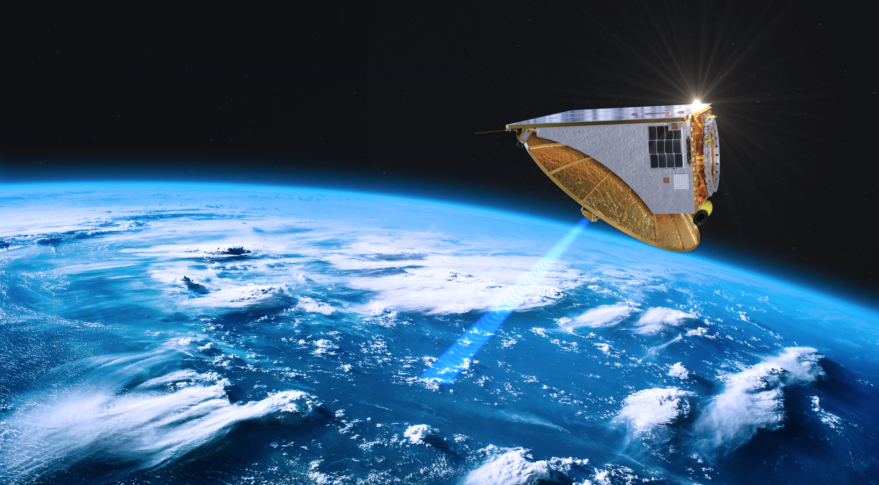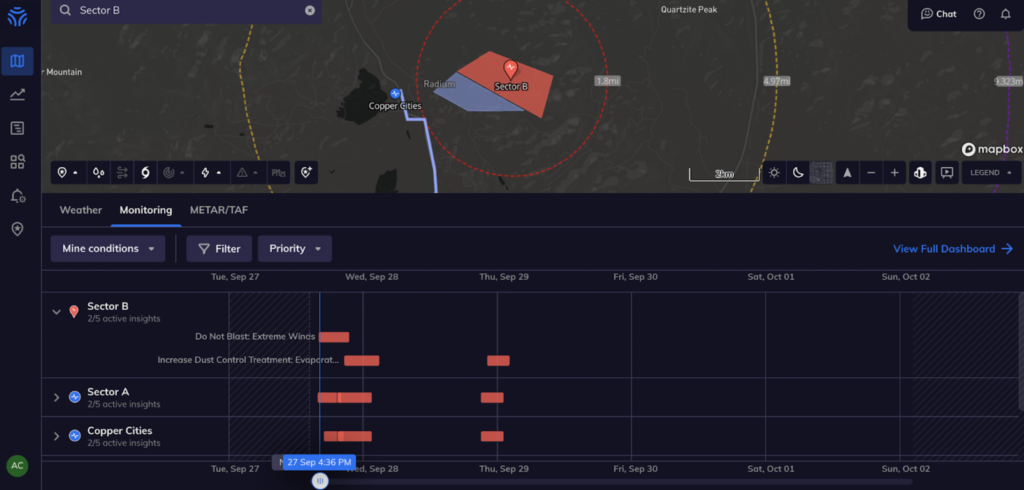Petrobras Braces For Attacks On Refineries
Brazil’s state oil major Petrobras has stepped up security at its refineries in response to threats of attacks on the infrastructure, Reuters has reported, citing unnamed sources.
The threats come as supporters of Brazil’s previous president, Jair Bolsonaro, stormed Brazil’s Congress, the presidential palace, and the Supreme Court this weekend. The riots first erupted following the narrow victory of President Ignacio Lula da Silva over Bolsonaro in October and have been going on since then.
"These vandals, who we could call ... fanatical fascists, did what has never been done in the history of this country," President Lula said. "All these people who did this will be found and they will be punished."
Petrobras, meanwhile, issued a statement over the weekend saying that all its units were operating as usual, adding that "Petrobras is taking all the preventative protective measures required, as a standard procedure."
"Besides monitoring the status of protests in these structures, we remain alert and in coordination with other ministries and states to ensure the supply," said the Mines and Energy Minister of the Lula government, Alexandre Silveira, as quoted by Reuters.
According to the news agency’s unnamed sources, Petrobras refineries in the states of Sao Paulo, Rio de Janeiro, and Parana are among the potential targets of the rioters.
President Lula da Silva’s victory has not been good news for Petrobras shareholders. Lula’s plans involve turning Petrobras into a renewable energy major, which caused a plunge in Petrobras’ stock price when he took office earlier this month.
There’s more, too. In his inauguration speech, President Lula vowed increased government intervention in the economy to stimulate growth. He also said that Petrobras, along with the national development bank, BNDES, should be the biggest drivers of this growth, suggesting there won’t be much independence for either in decision-making.
By Charles Kennedy for Oilprice.com





